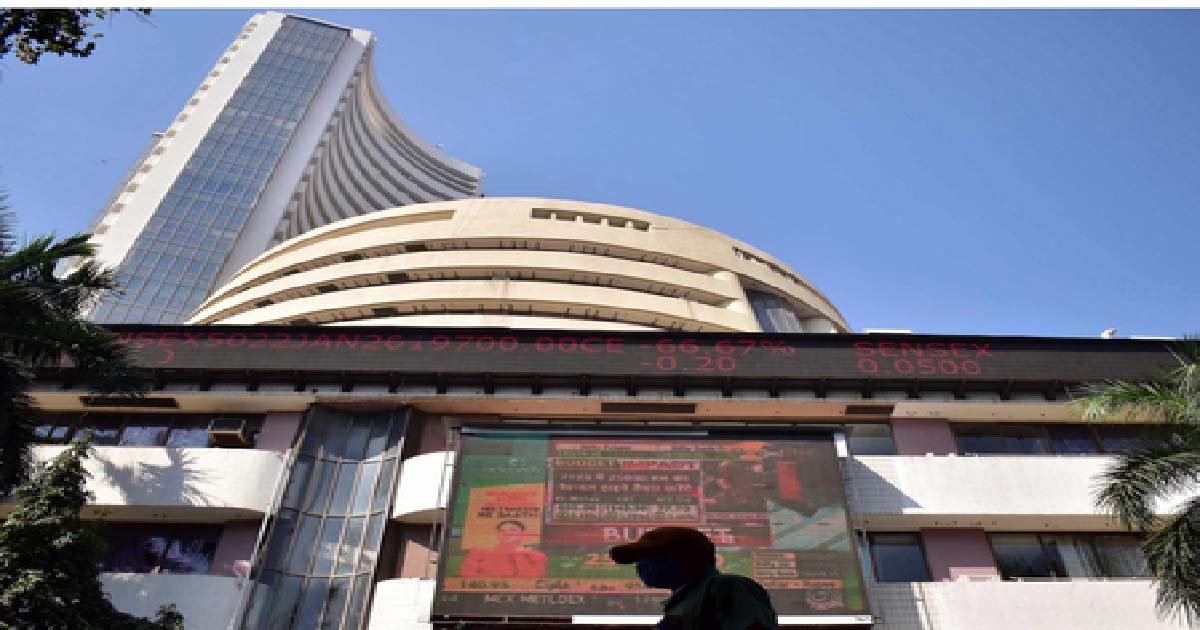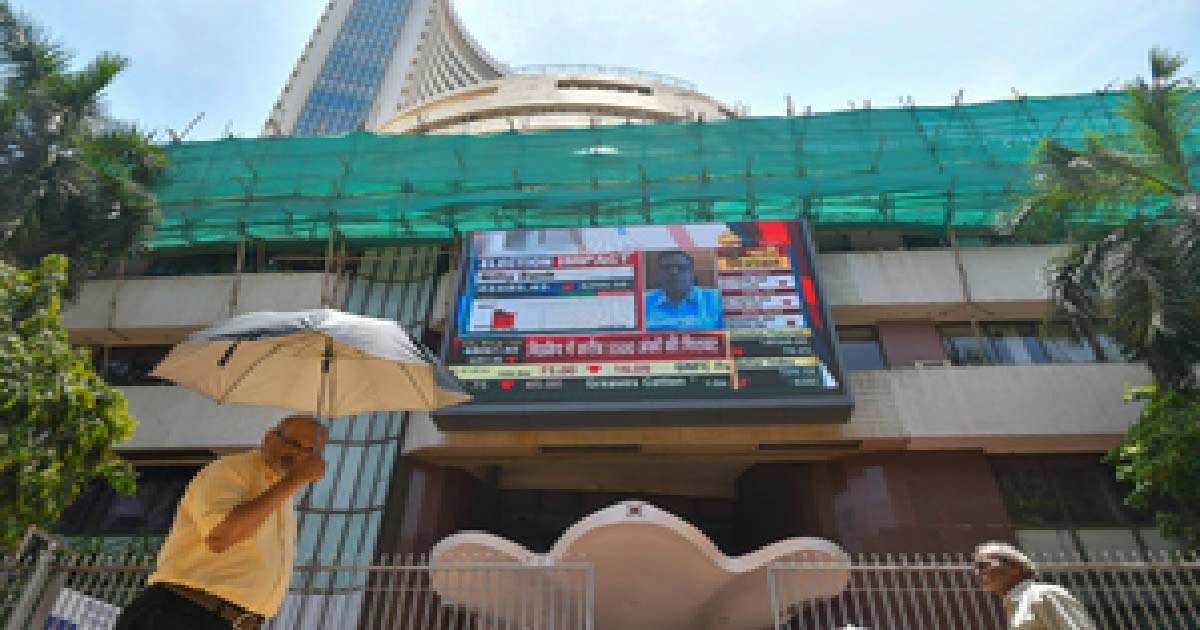Business
Battered by dollar crunch, SL to negotiate with IMF & others on loan repayment

Battered by “worst-ever” financial crisis since independence, Sri Lanka’s President Gotabaya Rajapaksa has talked to the international financial institutions including the International Monetary Fund (IMF) and other countries on loan repayment.
In a special address to the nation on Wednesday night, President Rajapaksa said that talks have been started with IMF to find a way to pay off annual loan instalments and sovereign bonds.
“Subsequent to my discussions with the IMF, I have decided to work with them after examining the advantages and disadvantages,” the President said in the address which was telecast on all television stations in the country. Going to the IMF was a complete reversal from his government’s earlier stance.
In his speech President Rajapaksa vowed to take “tough” decisions to solve the inconveniences faced by people and said that a National Economic Council and an Advisory Committee have been appointed find ways to overcome the financial crisis.
South Asian island-nation’s debt ridden economy suffers with a severe food, fuel, power, transportation and medicine shortages with long queues at fuel stations, gas stations and hours of daily power cuts.
Started with the Easter Sunday bombing in 2019 followed by the Covid-19 pandemic, Sri Lanka is currently facing a sever foreign exchange crisis with foreign reserves fell to $ 2.36 billion as of January.
To save foreign currencies, the government last week blocked the importation of over 360 non-essential imports including milk products, fruits, fish footwear and wine. This was in addition to the ban imposed on motor vehicles which India is a major stakeholder and other items such as mobile phones, ceramic items since March 2021.
In 2022 the country has to pay $6.9 billion in loan instalments and sovereign bonds.
President Rajapaksa addressed the nation on the day when his brother and Finance Minister, Basil Rajapaka is on a visit to India met India’s Prime Minister Narenda Modi with plans to obtain $1 billion emergency financial assistance to get essentials such as food, medicines and fuel. Basil Rajapaksa also met with India’s Foreign Secretary, Harsh Vardhan Shringla in New Delhi.
Since the crisis, India has helped Sri Lanka with a $400 million RBI currency swap, $500 million loan deferment and another $500 million Line of Credit for fuel imports.
Business
Sensex, Nifty open flat as IT and pharma gain

Mumbai, Dec 3: The Indian stock market opened on a quiet note on Wednesday, with both benchmark indices showing minimal movement in early trade.
The Sensex inched up by just 12 points to 85,151, while the Nifty slipped 18 points to 26,014.
Most of the major Sensex stocks were trading in the red, dragging the indices sideways. Shares of HUL, Titan, Tata Motors PV, NTPC, BEL, Trent, Bajaj Finserv, Kotak Bank, Ultratech Cement, Maruti Suzuki, L&T, Power Grid, and ITC were among the top losers in the morning session.
Despite the broader weakness, some heavyweights helped limit the downside. TCS, Infosys, Eternal, HCL Tech, Axis Bank, Tech Mahindra, and Adani Ports were trading higher, providing support to the indices.
In the broader market, mid- and small-cap stocks showed resilience. The Nifty MidCap index managed to rise 0.02 per cent, while the Nifty SmallCap index gained 0.08 per cent after erasing early losses.
Sector-wise, IT and pharma stocks outperformed the market. The Nifty IT index rose 0.7 per cent and the Nifty Pharma index added 0.3 per cent.
These sectors benefited from the Indian Rupee hitting a record low, as many companies in these industries earn a significant part of their revenue in dollars while most of their expenses are in rupees.
On the other hand, PSU bank stocks were under pressure, with the Nifty PSU Bank index falling 0.6 per cent in early trade.
Analysts said that the market remained range-bound as mixed global cues and a weak currency influenced investor sentiment.
“The ideal strategy for investors in this period of uncertainty is to remain invested in high quality growth stocks in the large and midcap segments. Smallcaps, as a segment, continues to be overvalued and are, therefore, best avoided,” market watchers added.
Business
Sensex, Nifty recover from early fall as profit booking keeps markets volatile

Mumbai, Dec 2: Indian stock markets opened with a sharp gap-down on Tuesday but soon recovered some losses as investors continued to book profits after the recent rally.
The Sensex was trading at around 85,508, down 134 points or 0.16 per cent, while the Nifty slipped 31 points or 0.12 per cent to 26,145.
“The Nifty’s positional trend remains bullish, with strong support at the 26000-26050 zone. On the higher side, 26300 could offer resistance on a closing basis,” market watchers added.
Heavyweights such as HDFC Bank, ICICI Bank, Ultratech Cement, Axis Bank, Bajaj Finserv, Tata Steel, Tata Motors PV, Titan Company and Power Grid dragged the indices lower.
Eternal also remained under pressure during the early trade.
However, selective buying in stocks like Asian Paints, Infosys, Bharti Airtel, Bajaj Finance, SBI, Maruti Suzuki, NTPC, HUL, and L&T helped the Sensex limit its losses and attempt a mild recovery.
In the broader market space, the Nifty MidCap index edged up 0.27 per cent, indicating some buying interest in mid-sized companies. On the other hand, the Nifty SmallCap index slipped 0.12 per cent.
Sector-wise, financial stocks were among the worst performers, with the Nifty Financial Services index falling 0.7 per cent and the Nifty Bank index dropping 0.4 per cent.
Meanwhile, the Nifty PSU Bank index gained 0.9 per cent, emerging as the top performer, followed by the Nifty Auto index, which rose 0.4 per cent.
Analysts said that markets remained volatile as traders continued to take profits amid mixed global cues.
“Investors can use the current period of consolidation to slowly accumulate fairly-valued largecaps and growth-oriented midcaps which will lead the next leg of rally in the market,” analysts stated.
The Smallcap segment continues to be over-valued. The Bank Nifty, despite the recent run up, have the potential to impart resilience to the market since there is valuation comfort in this segment. The pick up in credit growth is another positive for the segment.
Business
Gross enrolment under Atal Pension Yojana surpasses 8.34 crore: FM Sitharaman

New Delhi, Dec 1: Gross enrolment under the Atal Pension Yojana (APY), a bid to create a universal social security system for all, especially the poor, the under-privileged and the workers in the unorganised sector, has reached 8,34,13,738 (as on October 31), the Parliament was informed on Monday.
APY was launched in 2015 with the objective of creating a universal social security system for all Indians. It is open to all citizens of India between 18 and 40 years of age who have a savings account in a bank or post office.
As per the Scheme, the subscriber will receive pension benefits on attaining the age of 60 years.
“Hence, the pension benefit under APY is expected to start from 2035 onwards. However, the gross enrolment under Atal Pension Yojana as on 31.10.2025 is 8,34,13,738,” Finance Minister Nirmala Sitharaman told the Lok Sabha in a written reply to a question.
As on October 31, the female gross enrolment under APY is 4,04,41,135, which is 48 per cent of the total enrolment, she noted.
Further, in Bihar, the female gross enrolment under APY is 42,07,233, which is 57 per cent of the total enrolment in the state.
“As on 31.10.2025, a total of 7,153 Bank branches and 461 Post Office branches are enrolling people into APY in Bihar,” the Finance Minister stated.
The government and the Pension Fund Regulatory and Development Authority (PFRDA) have taken several steps to increase awareness and coverage of APY across the country, including rural and remote areas of Bihar.
These include periodic advertisements; APY Subscribers Information Brochure in 13 vernacular languages; and virtual capacity building programmes for Banking Correspondents (BCs) and field staff of Banks, Self Help Group (SHG) members, and bank-sakhis of State Rural Livelihoods Missions (SRLMs).
During the last five years, such programmes have been conducted across various districts of Bihar, including in Muzaffarpur, Patna, Bhojpur, and Nalanda.
Recently, financial inclusion campaigns for pension saturation were organised pan-India India including 8,093 such campaigns in Bihar, said Sitharaman.
-

 Crime3 years ago
Crime3 years agoClass 10 student jumps to death in Jaipur
-

 Maharashtra1 year ago
Maharashtra1 year agoMumbai Local Train Update: Central Railway’s New Timetable Comes Into Effect; Check Full List Of Revised Timings & Stations
-

 Maharashtra1 year ago
Maharashtra1 year agoMumbai To Go Toll-Free Tonight! Maharashtra Govt Announces Complete Toll Waiver For Light Motor Vehicles At All 5 Entry Points Of City
-

 Maharashtra1 year ago
Maharashtra1 year agoFalse photo of Imtiaz Jaleel’s rally, exposing the fooling conspiracy
-

 National News1 year ago
National News1 year agoMinistry of Railways rolls out Special Drive 4.0 with focus on digitisation, cleanliness, inclusiveness and grievance redressal
-

 Maharashtra1 year ago
Maharashtra1 year agoMaharashtra Elections 2024: Mumbai Metro & BEST Services Extended Till Midnight On Voting Day
-

 National News1 year ago
National News1 year agoJ&K: 4 Jawans Killed, 28 Injured After Bus Carrying BSF Personnel For Poll Duty Falls Into Gorge In Budgam; Terrifying Visuals Surface
-

 Crime1 year ago
Crime1 year agoBaba Siddique Murder: Mumbai Police Unable To Get Lawrence Bishnoi Custody Due To Home Ministry Order, Says Report












